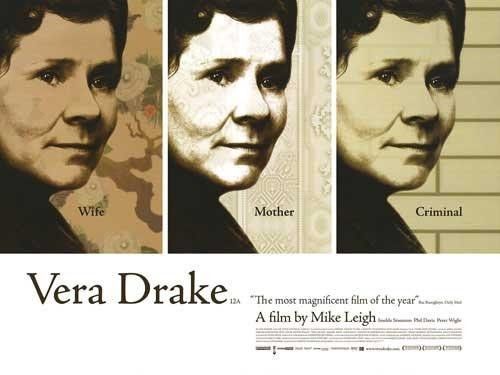 Abre los ojos, the second feature by Spanish director Alejandro Amenabar, is a taut psychological sci-fi thriller that captivated audiences in Spain and abroad. The film takes place in a frame narrative: we meet our protagonist as he sits in a prison cell, recounting the events that led to his imprisonment. Eduardo Noriega is the erstwhile prisoner Cesar, who we learn used to be an attractive and self-styled player. When he rejects the advances of his ex-girlfriend Nuria (Najwa Nimri) at a party to pursue his best friend's current flame Sofia (Penelope Cruz), he sets in motion a chain of events that are both terrifying and surreal. The jealous and obsessive Nuria pulls up in front of Cesar's flat, where he has just spent the night with Sofia, to offer him a ride, only to suicidally crash the car into a wall.
Abre los ojos, the second feature by Spanish director Alejandro Amenabar, is a taut psychological sci-fi thriller that captivated audiences in Spain and abroad. The film takes place in a frame narrative: we meet our protagonist as he sits in a prison cell, recounting the events that led to his imprisonment. Eduardo Noriega is the erstwhile prisoner Cesar, who we learn used to be an attractive and self-styled player. When he rejects the advances of his ex-girlfriend Nuria (Najwa Nimri) at a party to pursue his best friend's current flame Sofia (Penelope Cruz), he sets in motion a chain of events that are both terrifying and surreal. The jealous and obsessive Nuria pulls up in front of Cesar's flat, where he has just spent the night with Sofia, to offer him a ride, only to suicidally crash the car into a wall. Though Cesar survives, he is left horrifically disfigured. Despondent, he drinks heavily, until one night he wakes up from his stupor to find that his luck has changed dramatically. Plastic surgeons who had previously insisted that there was nothing to be done for his Quasimodo-esque face successfully restore his good looks, and Sofia, who had rejected him after the accident, insists that she loves him. Eager to buy into his good luck, Cesar feels as though he's been given a second change - until holes appear in his new, perfect reality. His friends begin to confuse Sofia and Nuria, and when Sofia transforms into Nuria one night and in a panic, Cesar smothers her to death with a pillow.
The prison guards eventually help Cesar to piece together his patchy memories of how he came to be there. It turns out that Cesar is a patient of a cryogenics company that preserved him after the accident to allow him to leave his new reality as a disfigured, lonely person and instead, traverse an idealized dreamscape through use of virtual reality technology, which was implanted in such a way that it replaced his actual memories. Disturbed that the cryogenics had morphed Nuria and Sofia into one person and desperate to reenter reality, Cesar demands to be removed from the treatment. Unfortunately, Cesar's mind has been so irreparably muddled that he becomes convinced that the accident itself and his facial disfigurement was the product of the company's virtual reality-gone-wrong, and commits suicide in an effort to "wake up."
The film, what was released in 1997, has been cited as an influential forebearer of everything from The Matrix to Inception in its treatment of dreaming and virtual reality. Unfortunately, the film was also remade by Cameron Crowe as Vanilla Sky in 2002, starring Tom Cruise in the leading role and with Penelope Cruz reprising her role as Sofia. Notably, Abre los ojos was the first Spanish feature to undergo the sort of glossy Hollywood remake that is common to films from other countries; this is likely due in part to the fact that the numero uno auteur of Spain, Pedro Almodovar, makes films that ostensibly could not be remade for wide release by Hollywood studios, given that they focus on themes including transvestism, drug abuse, homosexuality, and the corruption in Catholic church. Many critics also cited Vanilla Sky and the adapted role of Cesar as perfect for Tom Cruise, since he more or less reprised his role in Jerry Maguire. But the remake never achieved the level of international acclaim as Abre los ojos, which has retained a cult following in the United States and become a landmark achievement in modern Spanish cinema
Works Cited
White, Anne M. "Seeing double? The remaking of Alejandro's Amenábar's Abre los ojos as Cameron Crowe's Vanilla Sky." International Journal of Iberian Studies 15.3 (2002): 187. Web. 10 Dec. 2010.








